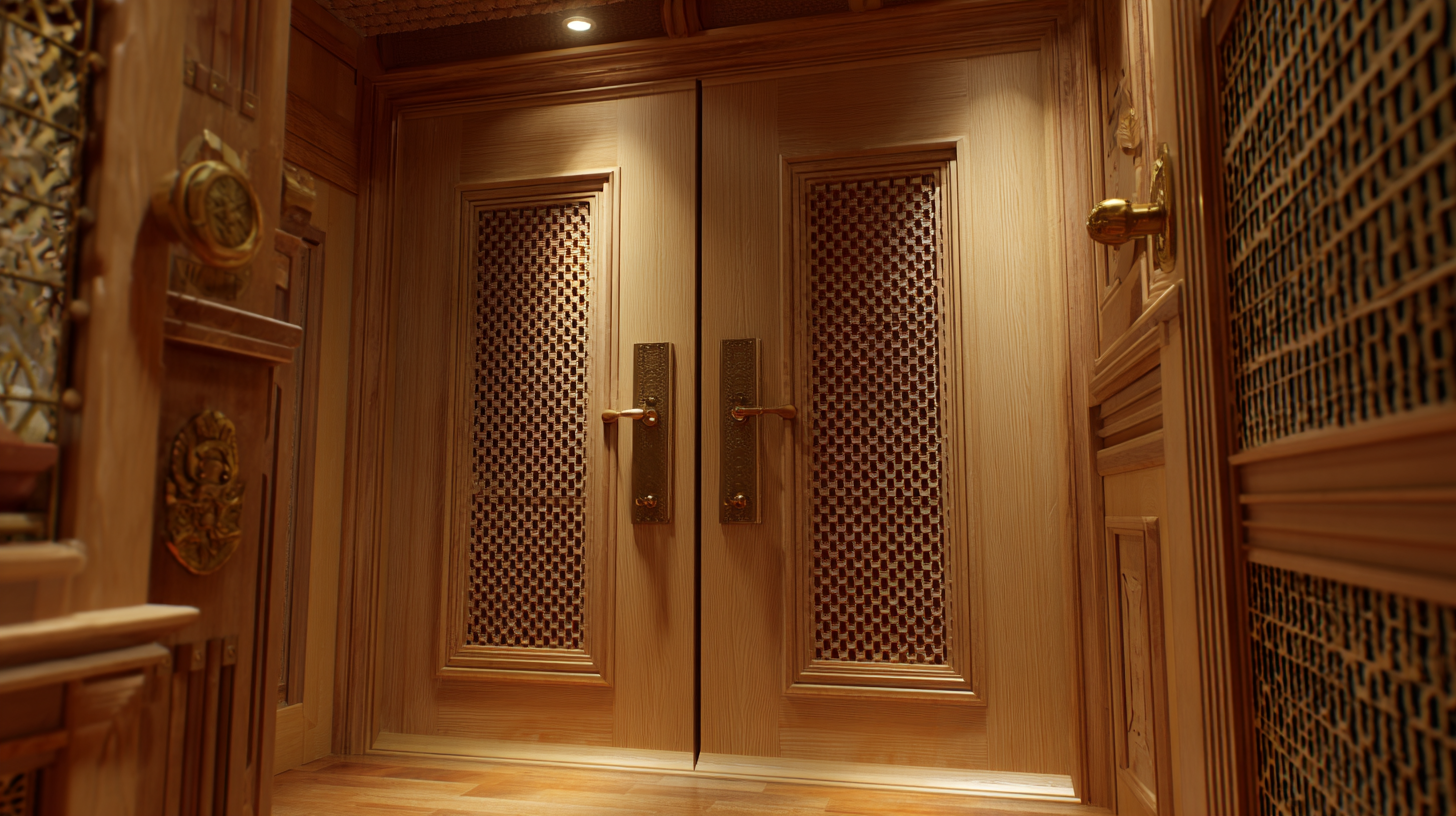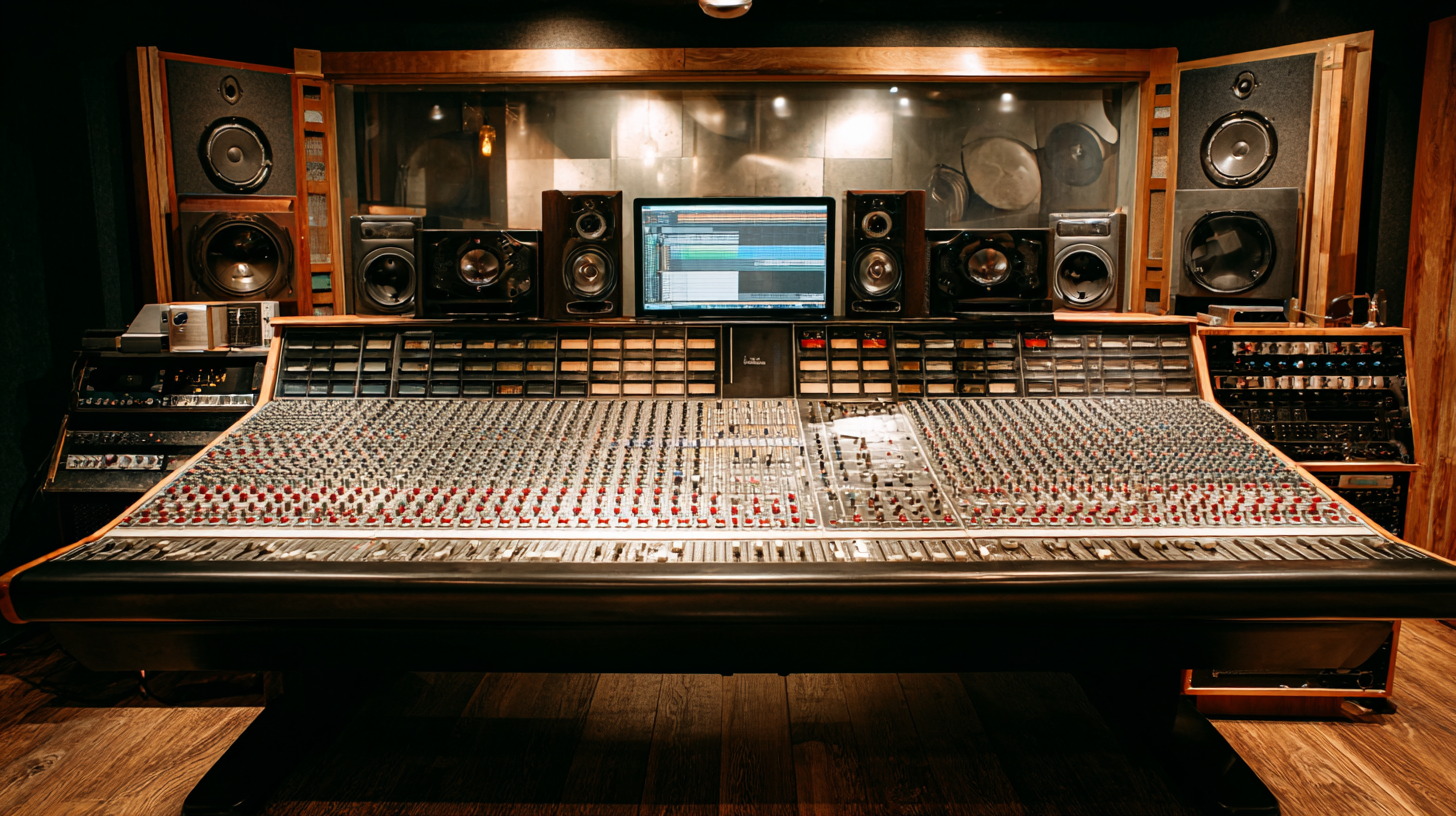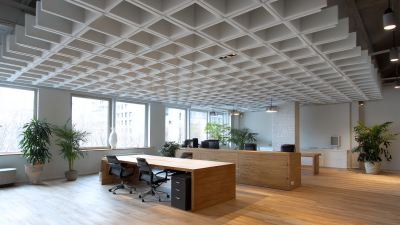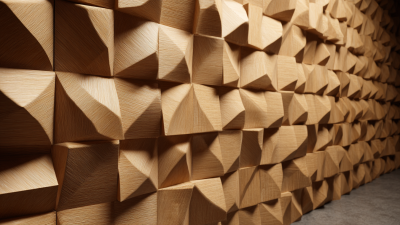Blog
Unlocking the Secrets of Acoustic Boards: Enhancing Sound Quality in Modern Spaces
 In today's fast-paced urban environments, the quality of sound in modern spaces has become increasingly critical, leading to a burgeoning interest in innovative solutions such as acoustic boards. According to a recent report from the Acoustical Society of America, poor sound quality can negatively affect productivity and well-being, with studies indicating that up to 70% of workers are distracted by background noise.
Acoustic boards, designed to absorb sound and reduce reverberation, are emerging as a fundamental component in designing effective acoustic environments, especially in open-plan offices and public spaces. As the global market for acoustic solutions is projected to reach $20 billion by 2025, the demand for high-performance acoustic boards continues to rise, underscoring their importance in creating harmonious and efficient spaces where clarity and comfort resonate.
In today's fast-paced urban environments, the quality of sound in modern spaces has become increasingly critical, leading to a burgeoning interest in innovative solutions such as acoustic boards. According to a recent report from the Acoustical Society of America, poor sound quality can negatively affect productivity and well-being, with studies indicating that up to 70% of workers are distracted by background noise.
Acoustic boards, designed to absorb sound and reduce reverberation, are emerging as a fundamental component in designing effective acoustic environments, especially in open-plan offices and public spaces. As the global market for acoustic solutions is projected to reach $20 billion by 2025, the demand for high-performance acoustic boards continues to rise, underscoring their importance in creating harmonious and efficient spaces where clarity and comfort resonate.
Understanding Acoustic Board Materials: Types and Their Impact on Sound Quality
Acoustic boards play a pivotal role in enhancing sound quality in modern spaces, particularly in concert halls and multipurpose venues. Understanding the various types of acoustic board materials is essential for optimizing sound performance. Acoustic boards are made from materials such as fiberglass, foam, wood, and mineral wool, each with distinct properties that influence sound absorption and reflection. Fiberglass panels, for instance, are highly effective at reducing mid- to high-frequency sounds, while foam boards can combat lower frequencies, offering a balanced environment suitable for both music and speech.
The global market for acoustic ceiling tiles highlights the growing importance of sound quality in architectural design, with an expected worth of USD 11.53 billion by 2033. This surge can be attributed to an increasing focus on creating acoustically pleasant environments in offices, schools, and entertainment venues. As manufacturers explore innovative materials and design strategies, the impact of these acoustic boards is becoming increasingly significant, ensuring that spaces not only look good but also sound great.
Unlocking the Secrets of Acoustic Boards: Enhancing Sound Quality in Modern Spaces
| Acoustic Board Type | Material Composition | NRC (Noise Reduction Coefficient) | Typical Applications | Aesthetic Options |
|---|---|---|---|---|
| Fiberglass Acoustic Board | Fiberglass with a resin binder | 0.85 | Offices, studios, and auditoriums | Various colors and finishes |
| Mineral Fiber Board | Mineral fibers and additives | 0.70 | Commercial buildings and schools | Textured and smooth finishes |
| Wood Fiber Board | Wood fibers compressed with adhesives | 0.75 | Home theaters and restaurants | Natural wood finishes |
| Fabric Wrapped Board | Acoustic core wrapped in fabric | 0.95 | Theaters and recording studios | Wide range of fabric colors |
| Polyester Acoustic Board | Recycled polyester fibers | 0.80 | Open plan offices and lobbies | Custom colors and patterns |
Key Performance Metrics: Evaluating Acoustic Panels Using NRC Ratings
Acoustic panels play a pivotal role in enhancing sound quality within modern spaces, and understanding their performance metrics is crucial for effective implementation. One of the primary measures used to evaluate the effectiveness of these panels is the Noise Reduction Coefficient (NRC) rating. The NRC ranges from 0 to 1, with higher values indicating greater sound absorption capabilities. According to the Acoustical Society of America, a panel with an NRC of 0.90 can absorb up to 90% of the sound it encounters, making it highly effective in controlling reverberation in environments such as offices, recording studios, and auditoriums.
In recent studies, the impact of acoustic panels on workplace productivity has been quantified, revealing that soundproofing can reduce distractions and enhance employee focus. A report by the Center for the Built Environment shows that acoustically treated spaces lead to an increase in user satisfaction by as much as 45%. Furthermore, with the growing emphasis on open office layouts, investing in high-NRC panels has become imperative for organizations aiming to foster a conducive working atmosphere. By focusing on key performance metrics like NRC ratings, designers and architects can make informed decisions that significantly improve the auditory experience in modern spaces.
Optimal Placement Strategies for Acoustic Boards to Maximize Sound Absorption
Acoustic boards play a crucial role in enhancing sound quality within modern spaces, whether it’s a home theater, office, or a music studio. To truly benefit from their sound-absorbing properties, it's essential to consider optimal placement strategies. Positioning these boards strategically can significantly reduce echo and improve overall acoustics.
One effective approach is to place acoustic boards on the walls facing sound sources. This could include walls opposite speakers or within areas where conversations frequently occur. By targeting these zones, the boards can effectively dampen sound waves, minimizing unintended reverberation.
**Tips:** Consider using a combination of different board sizes and shapes to create a more aesthetically pleasing look while maximizing sound absorption. Additionally, placing boards in corners can further enhance their effectiveness, as corners tend to amplify low-frequency sounds that are harder to control. Experimenting with height and layout can also lead to improved acoustic performance in various environments.
Unlocking the Secrets of Acoustic Boards: Enhancing Sound Quality in Modern Spaces
This bar chart illustrates the sound absorption coefficients of different acoustic board materials at various frequencies. The data highlights how materials perform in enhancing sound quality within modern spaces.
Innovative Designs: How Aesthetic Choices Affect Acoustics in Modern Spaces
In modern architectural design, the relationship between aesthetics and acoustics has gained increased attention. According to a report from the Acoustical Society of America, up to 70% of building occupants have reported dissatisfaction with sound quality in their environments, which can significantly affect productivity and well-being. As designers seek to create visually compelling spaces, they are discovering that material selection and layout can enhance both the beauty and acoustic performance of a room.
Innovative designs, such as the integration of acoustic panels that double as artistic features, are becoming more prevalent. A study published in the Journal of Applied Acoustics highlighted that installing acoustic treatments can improve sound absorption by as much as 50%, drastically reducing echo and background noise. These improvements not only contribute to a more pleasant auditory experience but also reflect a growing trend towards multifunctional design elements in modern spaces. Thus, merging aesthetics with acoustic functionality is not only a creative approach but a vital consideration for enhancing overall sound quality in contemporary settings.

Cost-Benefit Analysis: Investing in Acoustic Solutions for Enhanced Environments
Investing in acoustic solutions can significantly enhance the sound quality of modern spaces, particularly in environments where clear communication is critical, such as offices, schools, and public venues. According to a report by the National Institute of Health, noise pollution contributes to a 10% decrease in workplace productivity due to distractions and decreased focus. By implementing acoustic boards, organizations can combat this issue, creating a more conducive environment for both employees and clients.
Moreover, the return on investment (ROI) from acoustic enhancements is substantial. A study conducted by the International Society of Indoor Air Quality & Climate found that improving acoustic comfort can lead to a 25% increase in employee satisfaction and retention rates. Additionally, enhanced sound quality can improve learning outcomes in educational institutions by up to 30%, demonstrating the tangible benefits that come from investing in sound management solutions. By carefully analyzing the cost versus benefits, businesses can see that the initial investment in acoustic boards pays off through heightened productivity, reduced turnover, and overall better performance in their working environments.

Related Posts
-

The Power of Sound How Acoustic Products Enhance Our Daily Lives
-

Understanding the Science Behind Noise Reduction Panels and Their Impact on Acoustic Comfort
-

Transform Your Space: The Ultimate Guide to Effective Noise Reduction Panels
-

Transform Your Space: The Ultimate Benefits of Noise Reduction Panels for Home and Office
-

Transform Your Space with Innovative Sound Reducing Panels for Ultimate Comfort
-

Enhancing Acoustic Quality: How Sound Treatment Panels Reduce Noise Levels by Up to 50%
